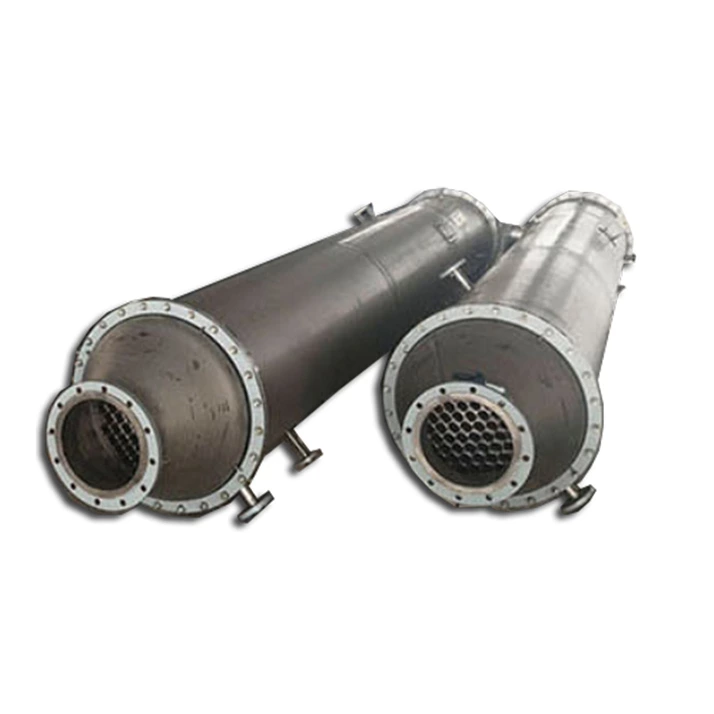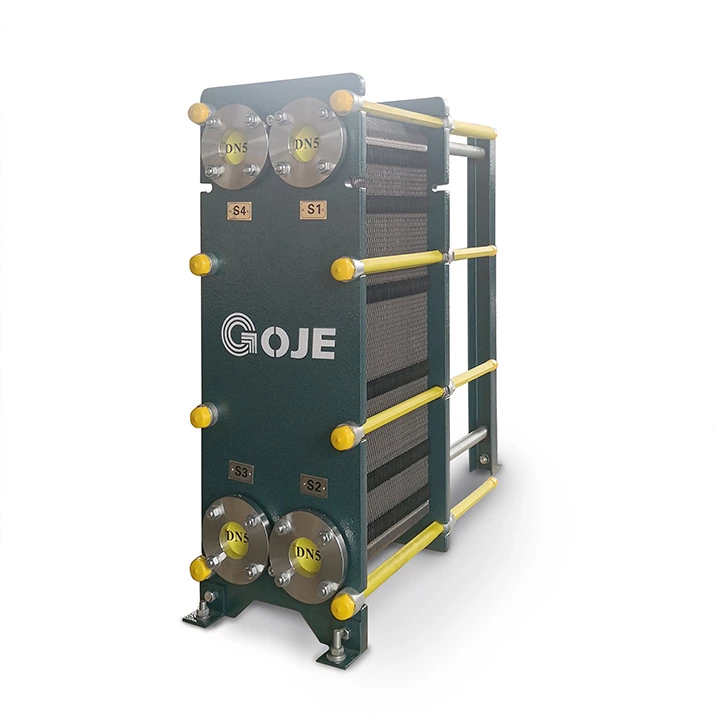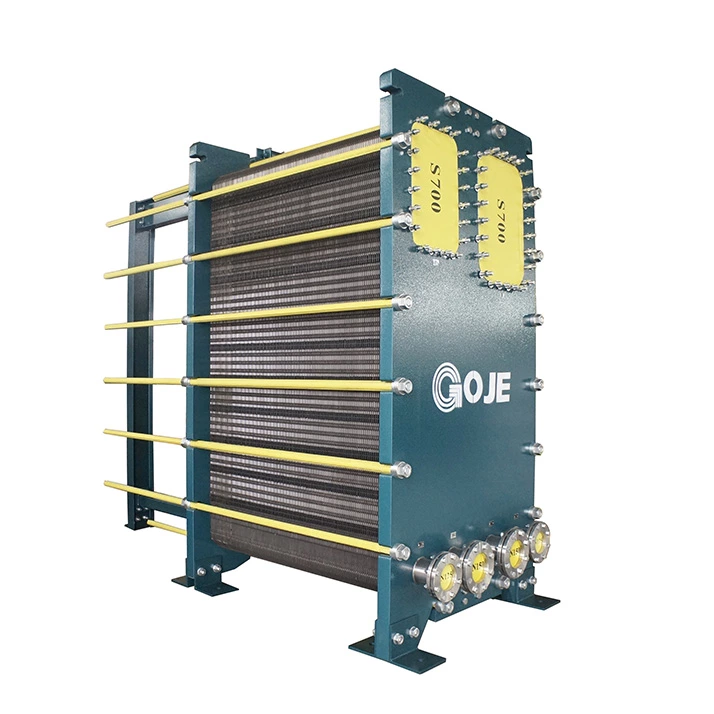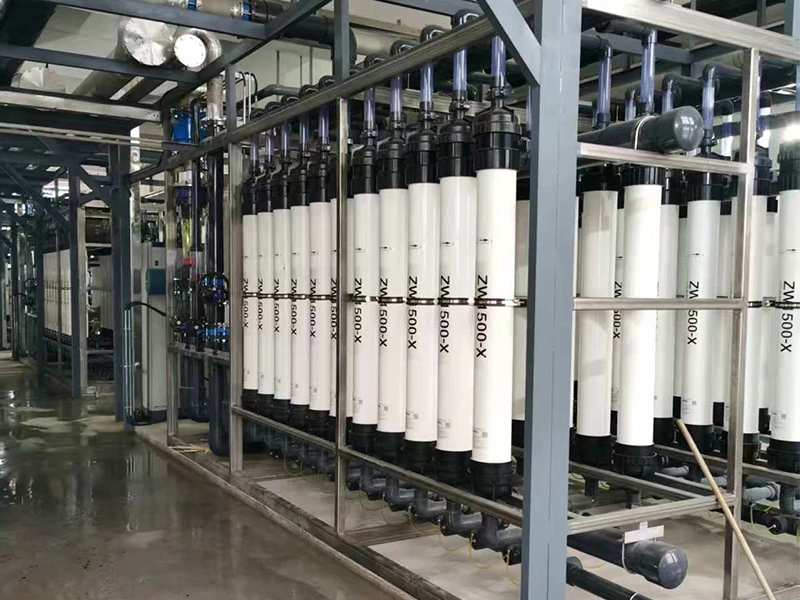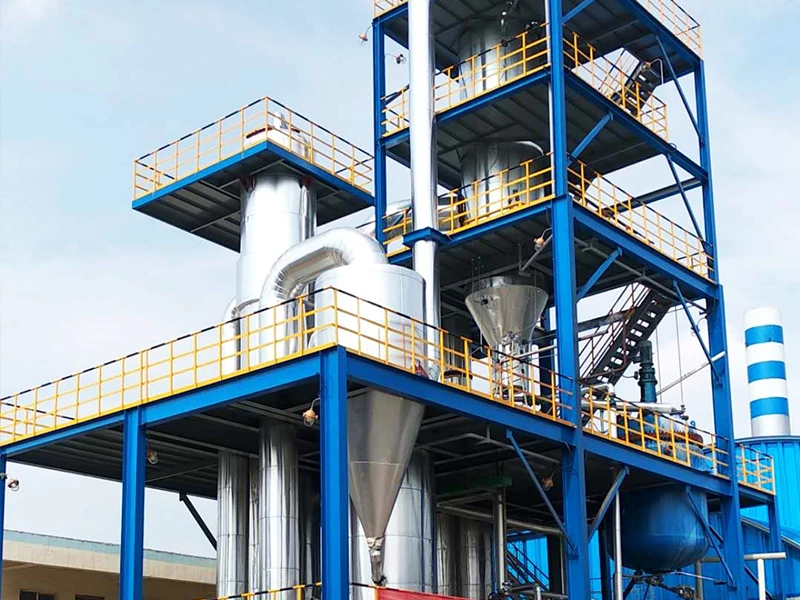Zero discharge of high organic wastewater
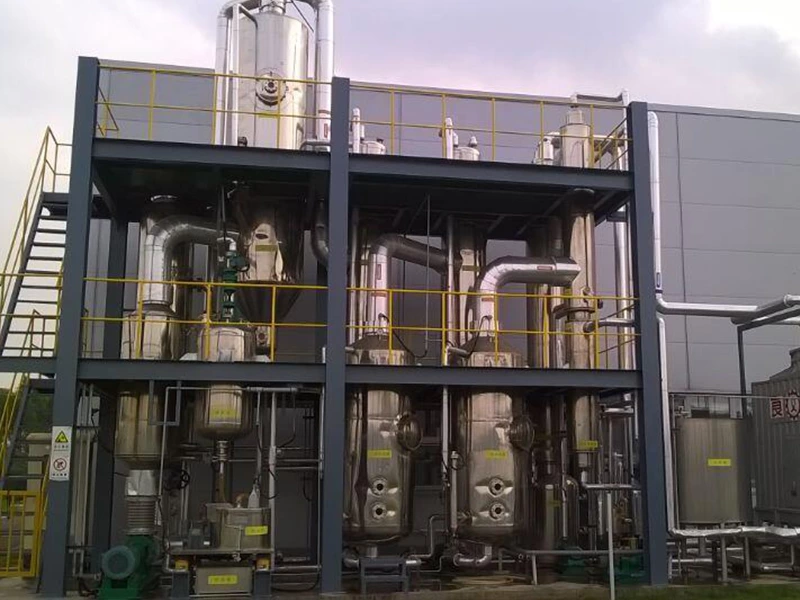
Typical treatment process: pre-treatment+biological treatment+deep treatment
Pretreatment: mainly including anaerobic and coagulation sedimentation;
Biological treatment: mainly using membrane bioreactor (MBR);
Advanced treatment: membrane process(NF,RO),non membrane process such as "secondary fenton oxidation+biological treatment" have also begun to be used in engineering
Incoming water with high organic matter (COD, BOD). The main process is to remove organics from the water to get qualified water and biochemical sludge.
Pretreatment process
High density sedimentation tank
- adjust pH;
- Removing alkalinity and hardness ions by adding chemicals;
- Dosing to remove suspended solids
V filter
- Filter to remove suspended solids;
- Automatic operation, adaptable to fluctuations in water quality and quantity;
- Large treatment water.
Biological treatment
Membrane bioreactor(MBR)
Inlet water pollutant indicators:
- COD:≤20000mg/L
- BOD5/COD:≥0.3
- NH3-N: ≤ 2500mg/L
- BOD5/NH3-N: ≥ 5

Advanced Treatment
Nanofiltration(NF) and Reverse osmosis(RO)
Inlet water pollutant indicators for NF process
- COD: ≤1200mg/L
- BOD5: ≤ 30mg/L
- Oxidation-reduction potential (ORP):<200mg/L
- Inlet water pH: < 7
Inlet water pollutant indicators for RO process
- COD:Roll RO ≤ 1000mg/L,DTRO≤10000mg/L
- Oxidation-reduction potential (ORP): < 200mg/L
- Max inlet SDI15:Roll RO < 5,DTRO < 6.5
- NH3-N :Roll RO<50mg/L,DTRO < 800mg/L;
- Inlet water pH: < 7
Disc tube reverse osmosis(DTRO)
- Separate concentrated solution and permeate solution O-ring
- Low pre-treatment requirements and strong pollution resistance
- Effectively avoiding membrane blockage and concentration polarization phenomenon
